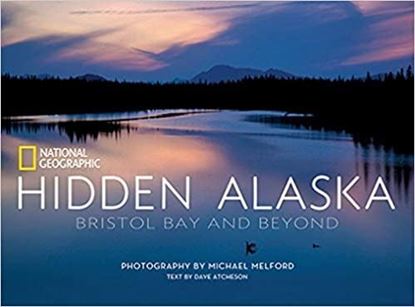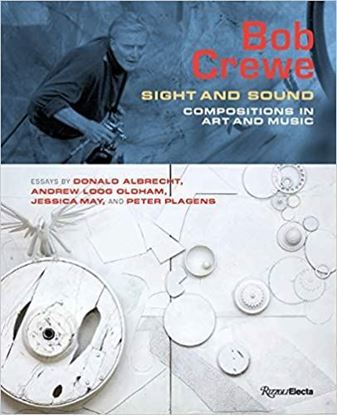

HIDDEN ALASKA
A stunning visual story of a place of wonder and mystique for every American, this book features what is legendary and beloved about Alaska, a land of magnificent wilderness and beauty, virtually untouched by human ambition. It also focuses on the key point of interest in the state today: endangered Bristol Bay, which faces potential mining of the world's greatest deposits of copper and gold. Its pristine waters are the worlds' biggest salmon spawning grounds. If the gold is mined, the ecosystem is destroyed -but the impoverished locals have work for the next half-century. After that, the salmon and the mines are gone. Melford, paired with noted environmental storyteller David Atcheson, addresses the dilemma by bowling us over with the beauty and importance of the place for all time. Underwritten by the Renewable Resources Coalition, the book will be distributed among its more than 5,000 members.
995
STUDIO 54. NIGHT MAGIC (B) (OF3)
There has never been--and will never be--another nightclub to rival the sheer glamour, energy, and wild creativity that was Studio 54. This catalog accompanies an exhibition at the Brooklyn Museum exploring how Studio 54 was a unique zeitgeist of an era.
From the moment it opened in 1977, Studio 54 celebrated spectacle and promised a never-ending parade of anything goes. Although it existed for only three years, it served as a catalyst that brought together some of the most famous, creative, and strangest people in the world. It quickly became known for its all-ages celebrity guest list and its uniquely chic clientele of superstars and freaks of all races and sexual preferences who would often show up half-dressed or in costume. From the cutting-edge lighting displays and sound system to its elaborate sets that would change on a whim, altering the environment and ambiance, it was the beginning of nightclub as performance art.
Now, the Brooklyn Museum is staging the first exhibition featuring the nightclub as a bellwether of New York City cultural life. More than 650 objects--spanning fashion, photography, drawings, film, and music--as well as video, film, and soundtrack, create an immersive experience, with an exhibition design inspired by the club's original lighting and atmosphere. Highlights include never-before-published costume sketches by artist Antonio Lopez and newly discovered set designs, as well as ephemera salvaged by the original club staff and interviews with the cultural luminaries who were there.
Telling the story of this legendary club, as well as serving as a companion to the exhibition, Studio 54: Night Magic serves as a document of the era, depicting the wild energy and provocative creativity of this seminal cultural moment.
995
BOB CREWE. SIGHT AND SOUND (OF3)
The first book to explore the extraordinary musical life and remarkable paintings of one of America's greatest ever songwriters.
Best known for having written and produced some of the seminal records of American popular culture--from 'Big Girls Don't Cry' for the Four Seasons to 'Silence is Golden' for the Tremeloes and 'Lady Marmalade' for LaBelle--Bob Crewe was a multifaceted artist for whom a passion for painting and the visual arts provided a lifelong counterbalance to music.
Collected here are more than 80 of Bob Crewe's artworks, stretching from his first forays into abstract expressionism in the 1950s and 1960s to more complex, tactile compositions made on his full-time return to painting in the 1990s--accompanied by archival images and ephemera that reflect Crewe's simultaneous contribution to popular music.
Essays by Jessica May and Peter Plagens explore the development of an artist whose influences ranged from Rauschenberg and Johns to Warhol and Bacon; legendary record producer Andrew Loog Oldham captures the period of radical experimentalism in which Crewe wrote many of the most memorable songs in the canon of modern pop; and Donald Albrecht's introduction ties together the many complementary aspects of Crewe's personal and creative lives.
995











